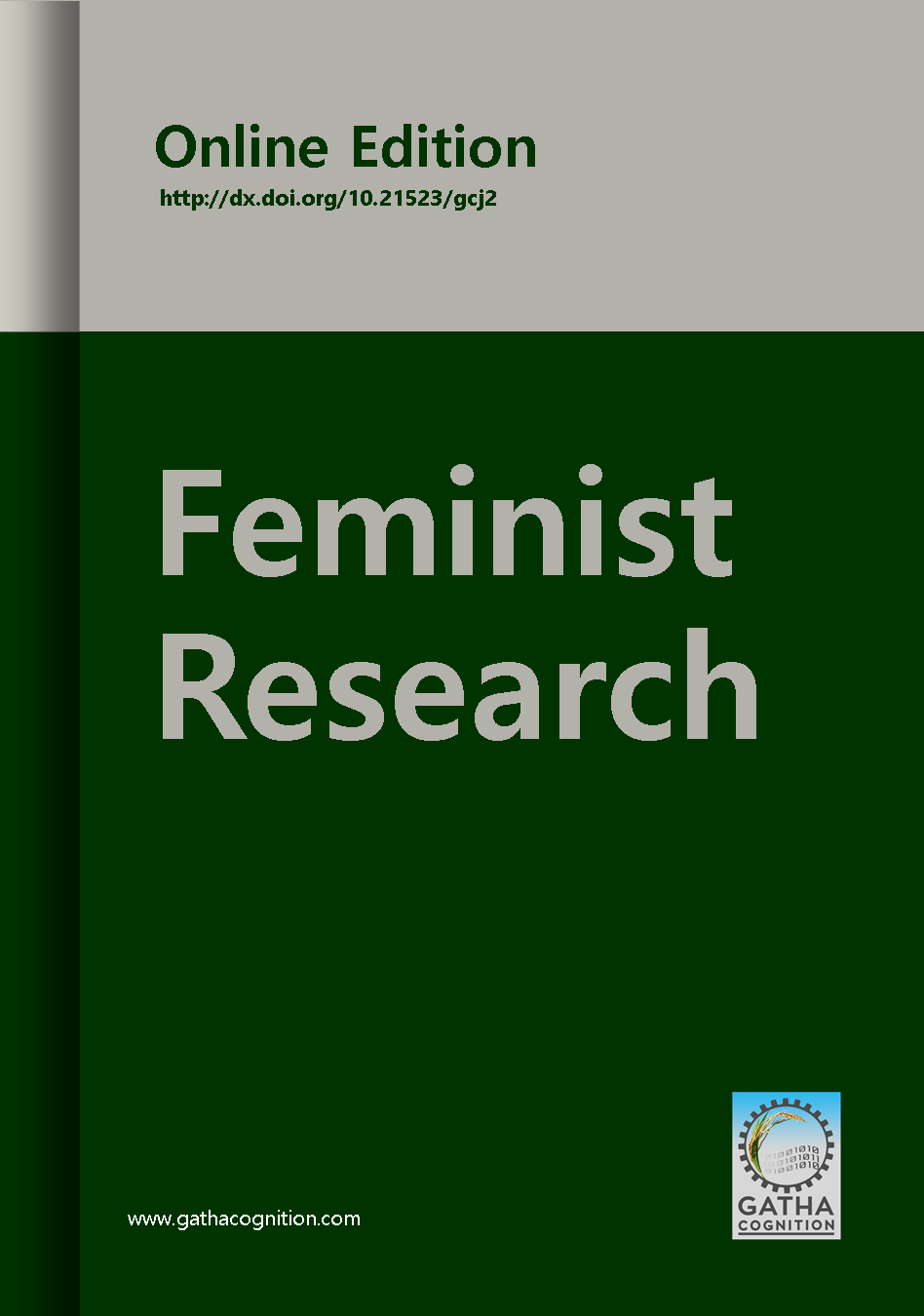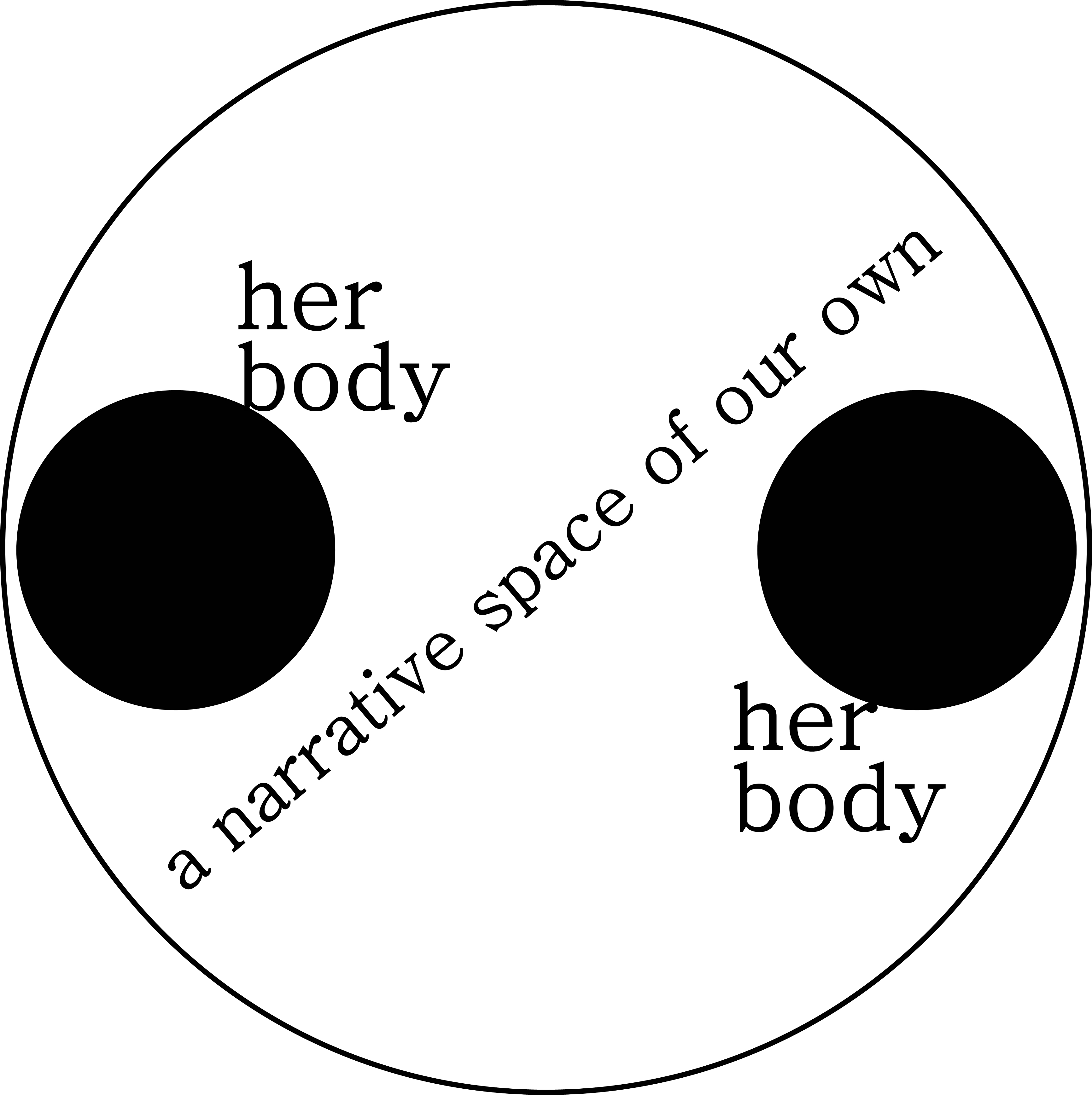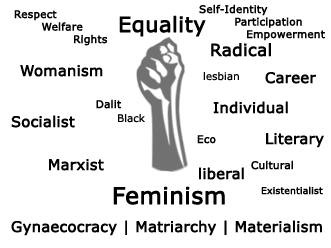Article Title :
Women’s preservation of Oral Culture in Imilchil: The Festival of Marriage as a Case Study
2(2018)
19-28
Feminist oral history , Women , Orality , Amazigh poems , Proverbs , Morocco , Imilchil


Moroccan women, like others in different parts of the world, contribute to the education of generations and the transmission of the oral heritage through tales, poems and proverbs riddles. They also uphold the physical heritage such as clothes, textile and jewellry. Since the intangible and oral heritage in Morocco varies from one area to another, focus will be put on the Imilchil area, where the festival of marriage is held. Women in this region play a key role in preserving the Amazigh cultural heritage. They are educators and models that guide the coming generations and reinforce their identity.

The Amazigh culture is largely expanded in Morocco and consists of creative patterns that reflect the Amazigh life and women were very significant in preserving this culture that talks about a memory that stores the habits and traditions of Moroccans life.
Women's transmission of Poetry in the region of Imilchil has an educational and historical functions.
The Amazigh proverbs are presented as independent statements of discrimination of women and the domination of men.
Folktales and legends are the remnants of ancient beliefs. The legend of Isli and Tislit is one of these tales that gives birth to the festival of marriage in Imilchil that is a real theatre of oral cultural values.
Ait, L. L., 2002a. Restricted Women: The Study of Women and the Family in the Large Eastern Atlas. Muhammadiyah: Press Fdalah, 5.
Ait, L. L., 2002b. The Imprisoned Woman: Study on Women and family in the Eastern Great Atlas. Elmohamadiya: Fdala press, 18.
Arzjan, R. and Solehi, K., 2013. Asia Women from Different Perspectives. Bloomington: Author House, 21.
D’Souza, P., 2005. Woman: Icon of Liberation, Work-Book for Exploring and Achieving Total Liberation. Numbia: Better Yourself Books, 67.
Doughty, A. A., 2006. Folktales Retold : A Critical Overview of Stories Updated for Children. Britain: Library of Congress-IN- Publication Data, 7.
Fredericks, A. D., 2008. African Legends, Myth, and Folktales for Readers Theatre. USA: Libraries, IX.
Gayle, G. and Kahn, C., 1985. Making a Difference: Feminist Literary Criticism. New York: Routledge, 1985, 10.
Kerschen, L., 1998. American Proverbs about Women: A Reference Guide. USA: Greenwood of Publishing Group, 6.
Luthi, M., 1982. The European Folktale: Form and Nature. USA: Indiana University Press, 17.
Mckeinzie, A. M., 1996. Preaching Proverbs: Wisdom for the Pulpit. USA: Westminster John Knox Press, 11.
Sadiqi, F., 2003. Women, Gender and Language in Morocco. Leiden, Boston: Brill, 42-44.
Sadiqi, F., 2014. Moroccan Feminist Discourse. New York: Palgrave Macmillan, 174.
Schultz, P., 2010. 1000 places to see before you Die. New York: Workman Publishing Company, 356.




